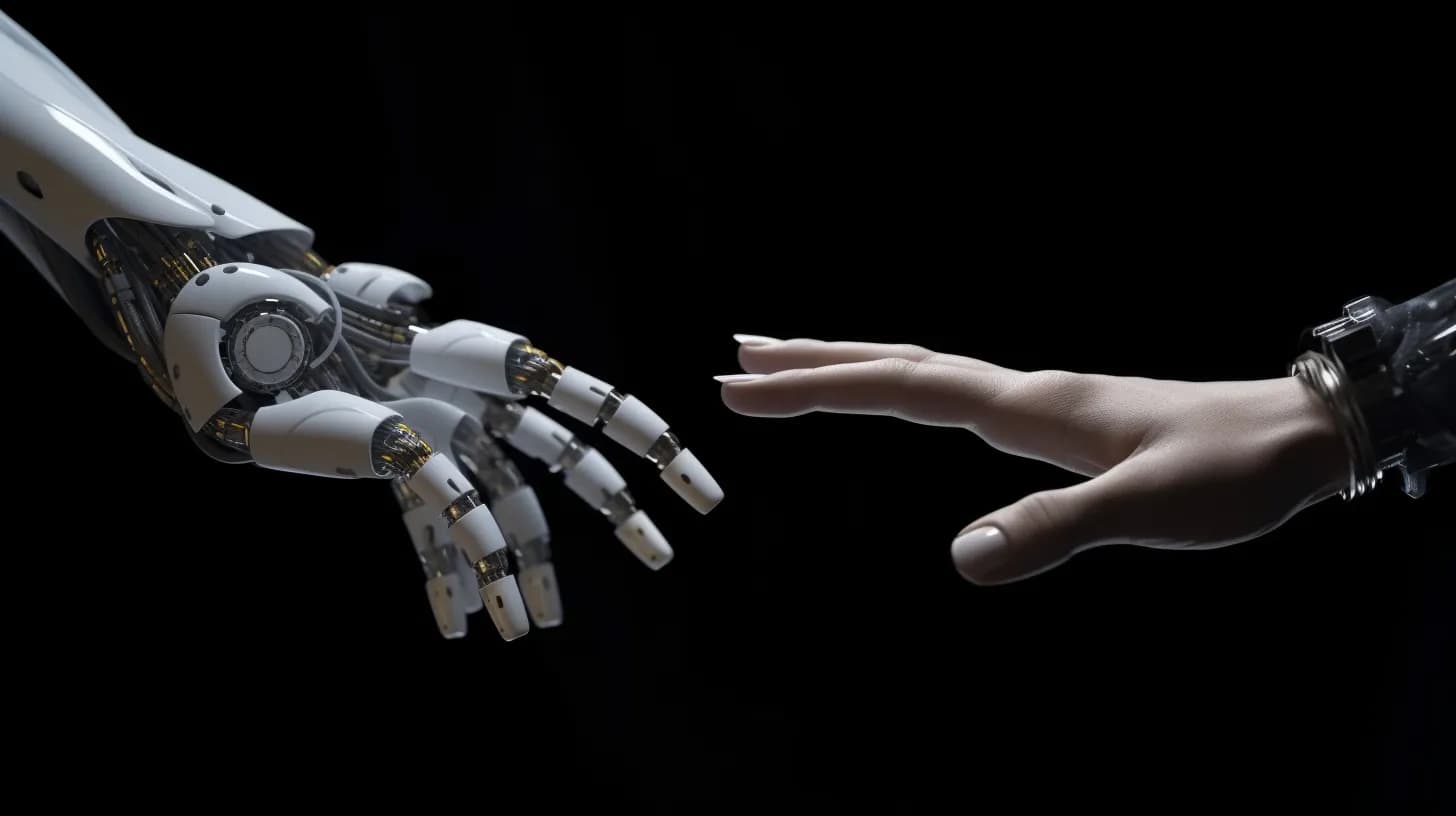AI Image Generators Still Grapple with Realistic Hands and Teeth, Sparking Discussion on Digital Imperfections

Artificial intelligence image generation, despite its rapid advancements, continues to face significant challenges in accurately rendering human anatomy, particularly hands and teeth. This persistent hurdle often results in distorted or unnatural depictions, a phenomenon frequently observed and discussed by users and experts alike. The issue highlights the complex interplay between AI's learning mechanisms and human perception of realism.
The difficulty AI models encounter with human hands stems from their intricate structure and the vast array of poses they can adopt. Unlike faces, which appear more consistently in datasets, hands are often partially obscured or presented in highly variable positions, making it challenging for AI to learn their underlying anatomical logic. As one user, Joe Flaherty, observed on social media, > "AI has figured out hands, but it still can't get teeth right. Smiles in the 1980s were more crooked, less white, and gummier."
Similarly, AI-generated teeth frequently appear overcrowded, overly white, or misshapen. While AI can identify that teeth are typically white and arranged in rows, it struggles with the precise number, individual variations, and the subtle ways they integrate into a natural human smile. Humans possess a low tolerance for error when it comes to these familiar features, quickly detecting even minor inconsistencies.
These anatomical inaccuracies often lead to images falling into the "uncanny valley," a phenomenon where human-like but imperfect representations evoke a sense of unease or revulsion. Experts explain that AI models learn patterns from vast datasets but lack a true understanding of human biology or three-dimensional form, leading to plausible but ultimately flawed outputs. This contrasts with human artists who, despite initial struggles, eventually grasp the underlying structure of hands and teeth.
Leading AI image generators like Midjourney, DALL-E 2, and Stable Diffusion have made strides in overall image quality, yet the challenge with hands and teeth remains a notable limitation. Developers are continuously refining models and expanding datasets with more detailed anatomical information, aiming to overcome these hurdles. While significant progress has been reported in recent model updates, achieving perfectly realistic human features consistently continues to be an active area of research and development in the evolving field of generative AI.